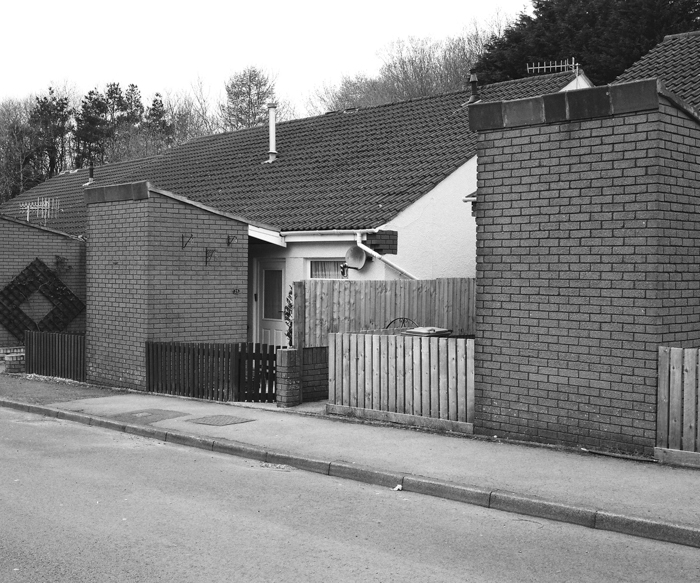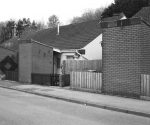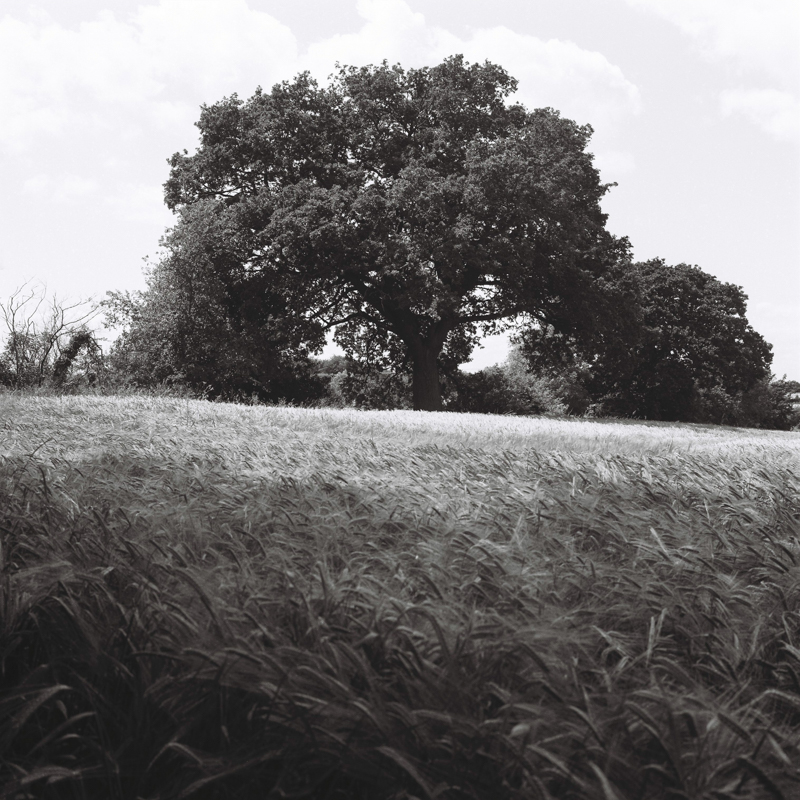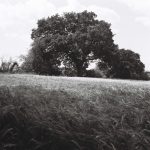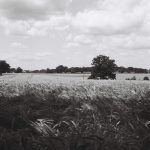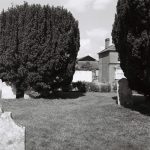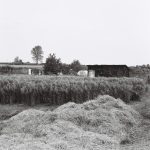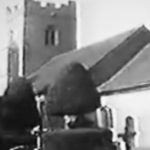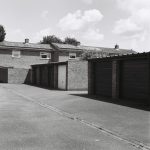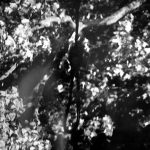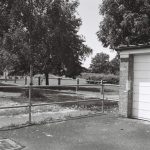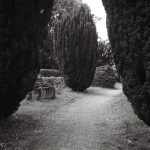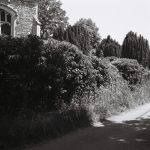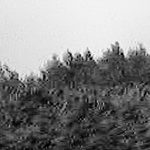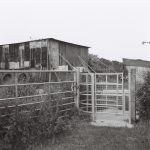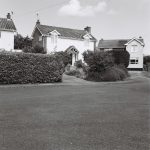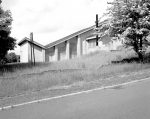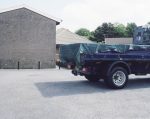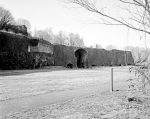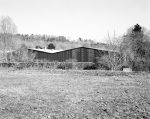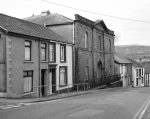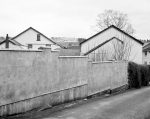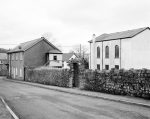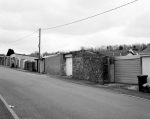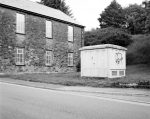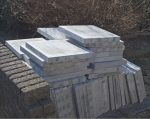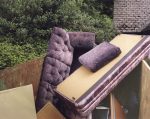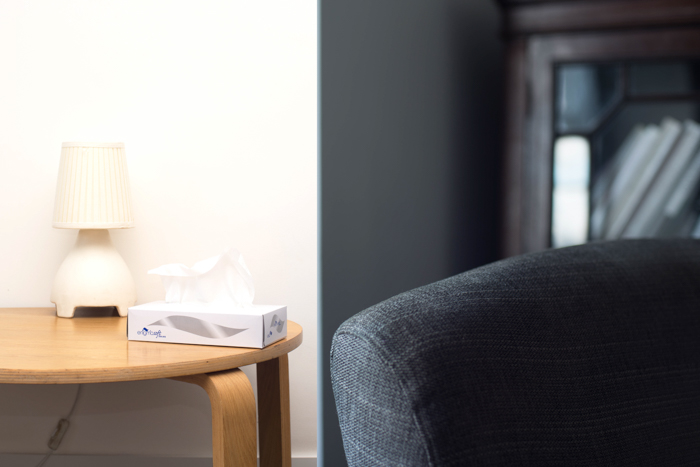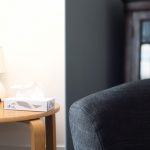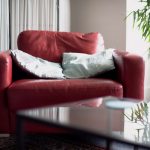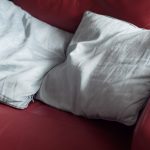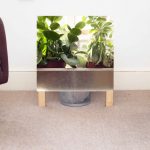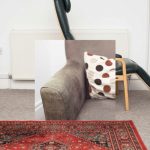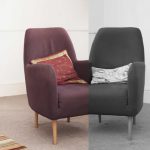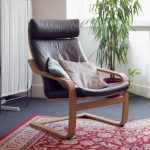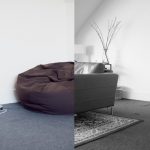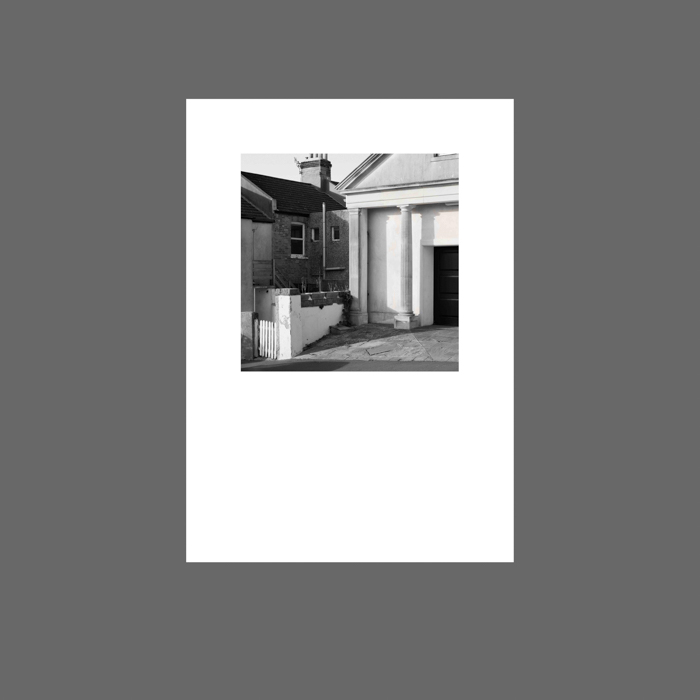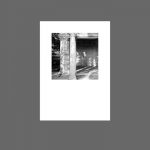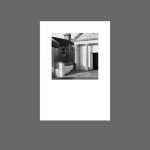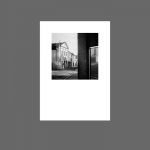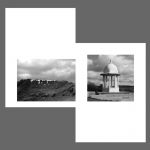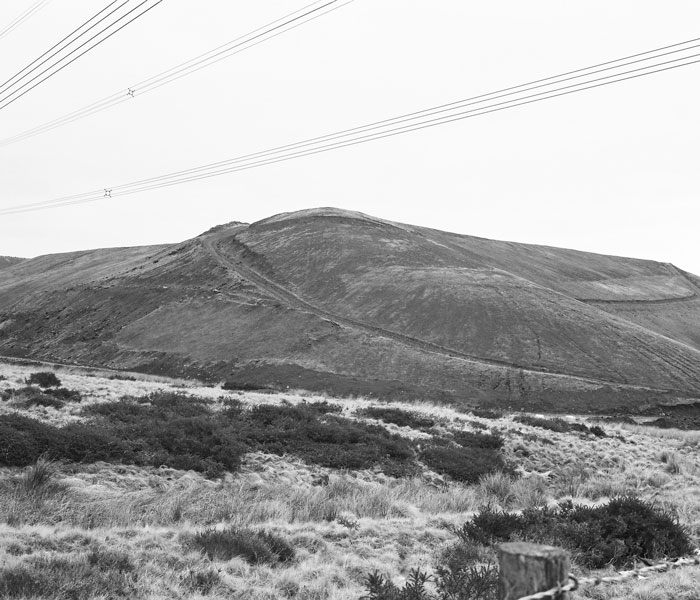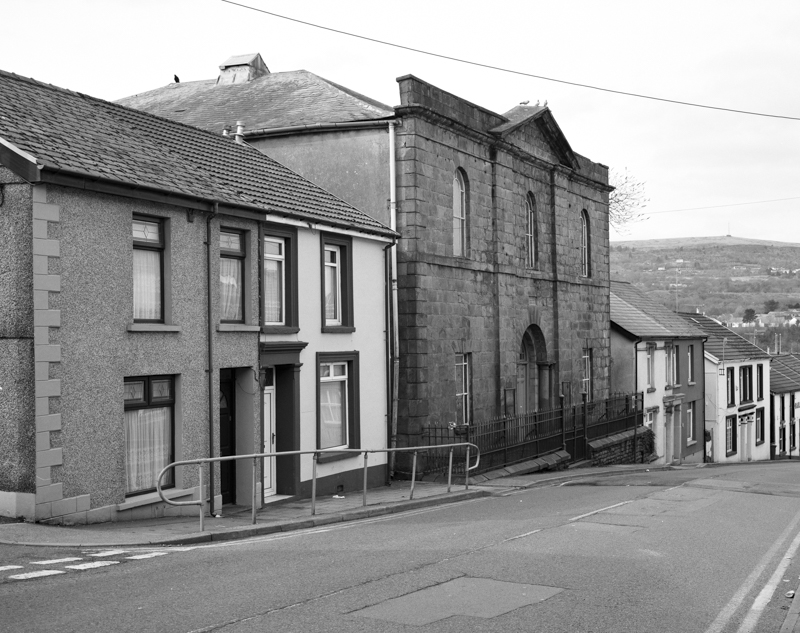
In his famous and famously difficult essay The Origin of the Work of Art Martin Heidegger states that “The origin of the work of art is art”. He uses the example of an ancient (generic) temple in his essay to explain some of his ideas. This temple, as a chapel, is present throughout Wales, from small villages to grand cities. Merthyr Tydfil is full of these temples. These buildings become structures of meaning for the towns and cities and for those who dwell in them. They tell a story of the town but also show the relationships between town and people and work, reflected in these structures. Without the chapel-temple there could not have been the richness of experience that surrounds us in the town.
Heidegger explains the concept of the artwork by using the temple to situate us in place and space. The artwork “opens up”, the work “emerging and rising in itself’, “setting up” and “bringing forward”. All these verbs are space-determinant. The relationships between his concepts are almost physical, mirroring our experience of being in the world through a set of interconnections.
The temple, arisen from the earth, set forth in the world, but concealing the God inside then becomes the God itself. The hidden God inside the temple is only made real by its concealment. “Truth happens in the temple’s standing where it is. This does not mean that something is correctly represented and rendered here but what is as a whole brought into unconcealedness and held therein.”.
Not once in my travels in Wales did I enter a chapel. I know what a nonconformist chapel looks like, smells like, feels like, I experienced many growing up. God was in there, hidden.
“It is the temple-work that first fits together and at the same time gathers around itself the unity of those paths and relations in which birth and death, disaster and blessing, victory and disgrace, endurance and decline acquire the shape of destiny for human being.”
This is what it is to be alive, to be in the fullness of the breadth and depth of existence. The chapel in Wales draws all this together through the building – birth, baptism, education, work, marriage, death.
St Tydfil, martyr, gives name to the town and a church above her resting place. This spiritual centre of the town radiates outwards through the chapels.
